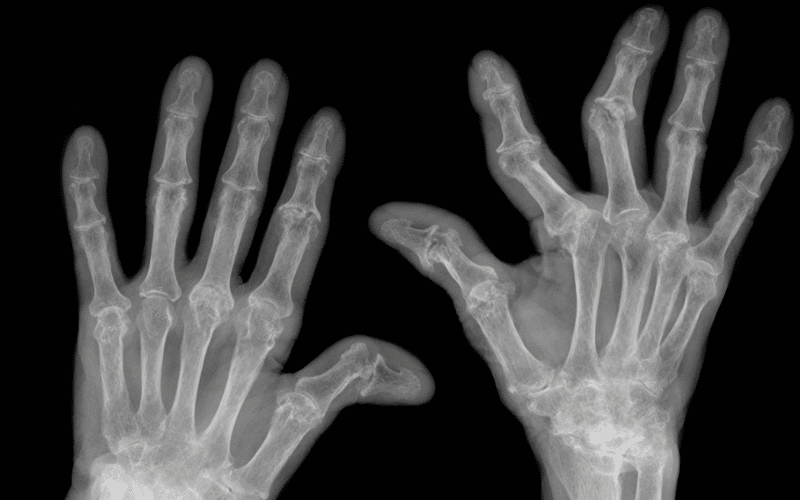Symptom 6. Joint Deformity: The Long-Term Consequence of Rheumatoid Arthritis

As RA progresses, it can lead to joint deformities, an alarming yet common outcome of this disease. The relentless inflammation damages the cartilage and bone within the joint, leading to changes in its shape and alignment. The result is a deformed joint that not only looks different but may also function less efficiently.
Joint deformities in RA can range from mild to severe. In mild cases, you might notice a slight deviation in the shape of your fingers or toes. More severe cases can lead to striking changes, such as bent fingers or a collapsed arch in the foot.
These deformities can affect virtually any joint in the body. However, the small joints of the hands and feet are often the most impacted. Over time, the affected fingers or toes may deviate towards the little finger or develop a ‘swan neck’ or ’boutonniere’ deformity, classic hallmarks of RA.
A critical aspect of joint deformities in RA is their impact on function. These structural changes can hinder the ability to perform everyday tasks, such as buttoning a shirt or opening a jar. The resulting loss of independence can have profound psychological implications, underscoring the ripple effects of RA.
It’s worth noting that joint deformities are a late symptom of RA, typically occurring after years of uncontrolled disease. Early detection and effective treatment of RA can significantly delay, if not prevent, the onset of these deformities, highlighting the value of prompt intervention in this disease. (6)